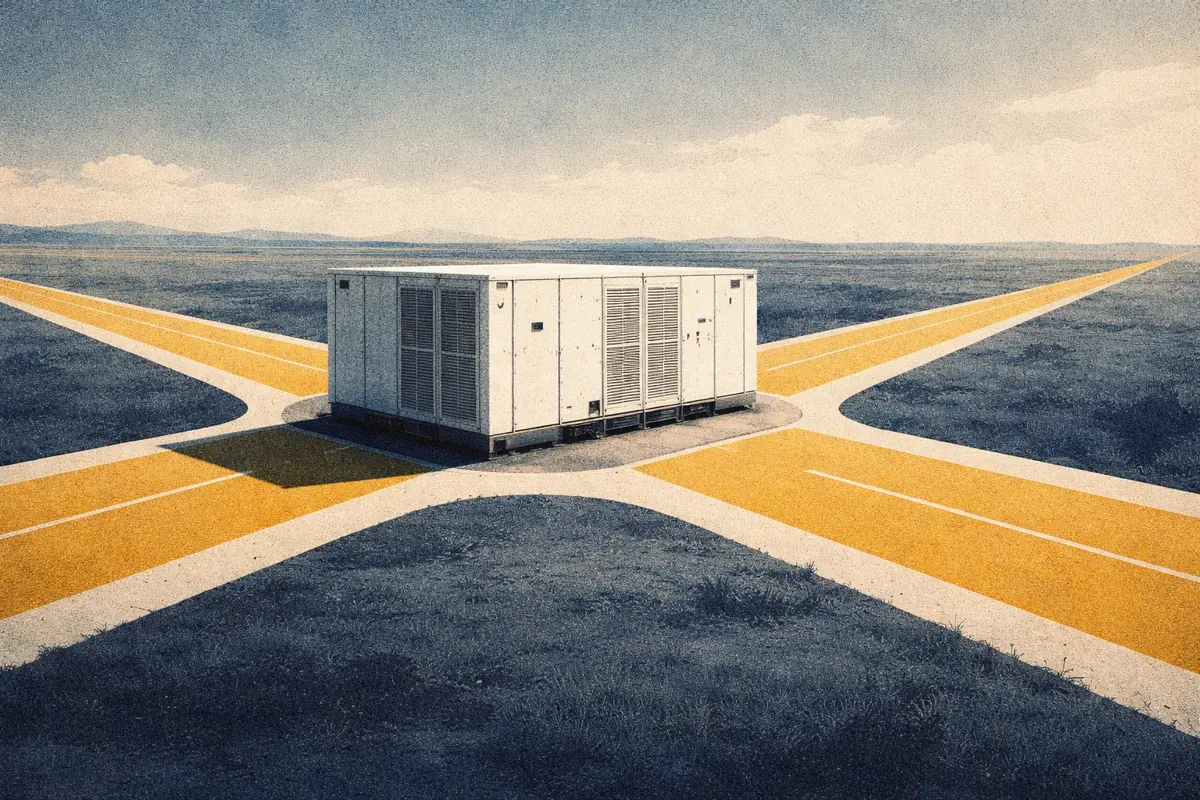Online availability of batteries in Great Britain: Is timing right in 2024?
Online availability of batteries in Great Britain: Is timing right in 2024?
Battery energy storage systems in Great Britain have been online for 97% of the time in the last year. Faults, on-site or within the local network, can cause systems to go offline, reducing online availability. Meanwhile, batteries can be taken offline intentionally for maintenance or augmentation. Up to 350 MW of battery capacity has been offline at some points this summer.

But what trends does this data reveal about battery availability? When do systems go offline, and how much could this cost?
Online availability in this article is binary. A battery will either be on or off within a 30-minute period. This can also be referred to as uptime, with time spent offline referred to as downtime.
How do we determine if a battery is online?
The online status of a battery depends on whether it has signaled that it has power available for the grid during the period. In this case, we used battery operations data to determine whether a battery was online.
Maximum Export Limit (MEL) / Maximum Import Limit (MIL): These datasets state how much power a battery can export or import for the next 15 minutes (pre-25th March 2024) and 30 minutes (post-25th March 2024). They change based on the state of charge. When MEL is zero, the battery cannot export any power, and when MIL is zero, the battery cannot import any power.
The link to state of charge means that one of MIL or MEL should always be non-zero. Therefore, when both MEL and MIL are zero, this suggests the battery is unavailable and offline. However, MEL and MIL can change based on frequency response contracts—under the latest guidance, batteries contracted for frequency response services should reduce MEL/MIL accordingly.
Frequency Response contracts: The next step is calculating an adjusted MEL/MIL based on frequency response contracts. For example, a 50 MW battery contracted for 50 MW in Dynamic Containment Low can have a MEL value of zero for the duration of the contract. This means there are times when a battery could record a MEL/MIL of zero whilst being online. A third dataset is therefore used to account for this.
Metered generation data: Metered generation data gives the total energy imported or exported by a battery in a 30-minute settlement period. Even if the battery is offline, this may return a non-zero value due to energy required to run auxiliary systems on-site (however this will be small compared to normal operations).
Taken together, we have defined that a battery is offline when MEL and MIL (adjusted for frequency response contracts) are zero and metered generation data is negligible. In all other cases, the battery is defined as online.
Note: This article has been updated to reflect winter trading season October - March and summer April - August.
Average online availability since August 2023
In the last twelve months, batteries have been online 96.6% of time (weighted by capacity). However, this has changed seasonally. Between October 2023 and March 2024, batteries averaged 98.0% online availability. In contrast, in spring/summer 2024, it was 94.5%. Batteries were also online less often in summer 2023,- but the decrease has been more significant this summer.
Already a subscriber?
Log in







